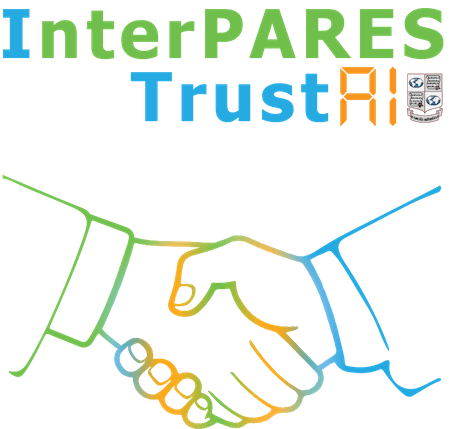Emergency Services Communications Systems.
We are developing a testbed, including a high-performance simulation environment and artificial intelligence driven analysis tools, for application to cybersecurity and future cybersecurity challenges in telecommunications and critical infrastructure. This testbed, composed of large-scale simulation and machine-learning-driven data analysis software, is being built upon our Graphitti simulator and our data analytics work in neural networks. This testbed will be capable of simulating complex information communications systems, including a wide range of computing and communications devices and human actors, and evaluating their performance in a range of different operational scenarios, incorporating both synthetic and real-world data. We will be demonstrating the utility of this testbed by applying it to a Next Generation 911 (NG911) simulation exercise. This testbed will help public safety and telecommunications industry leadership analyze critical infrastructure vulnerabilities to catastrophic cyber incidents and evaluate the impact of proposed changes before their implementation.
In conjunction with this testbed development, we are explore fundamental challenges in archival science associated with data and records collected by emergency services systems operators. We plan to use this data in conjunction with our testbed for creating synthetic call traffic and for directly driving simulation scenarios. In addition, we view this as a use case for AI in records and archives: data from critical systems surrounding incidents such as natural disasters or actions by bad actors.
Project is in part sponsored by the National Security Agency under Grant Number H98230-20-1-0314. Any opinions, findings, and conclusions or recommendations expressed in this material are those of the author(s) and do no necessarily reflect the views of the National Security Agency.
 This work is in part an outcome of InterPARES Trust AI, an
international research partnership led by Drs. Luciana
Duranti and Muhammad
Abdul-Mageed, University of British Columbia, and funded by the Social Sciences and Humanities Research Council of Canada
(SSHRC).
This work is in part an outcome of InterPARES Trust AI, an
international research partnership led by Drs. Luciana
Duranti and Muhammad
Abdul-Mageed, University of British Columbia, and funded by the Social Sciences and Humanities Research Council of Canada
(SSHRC).